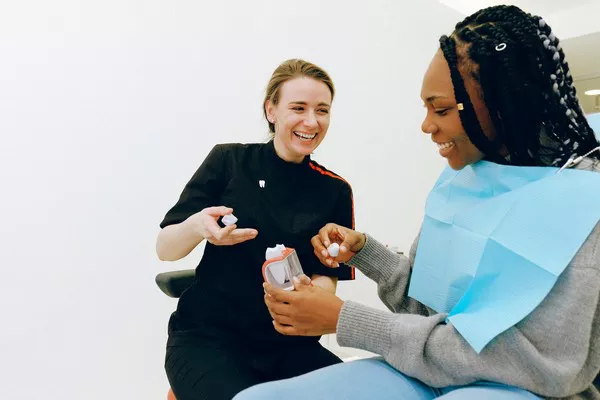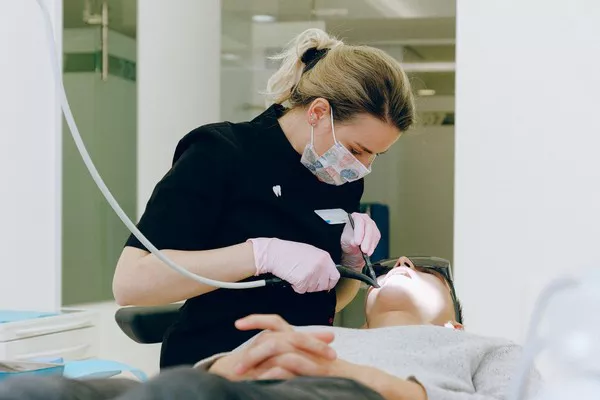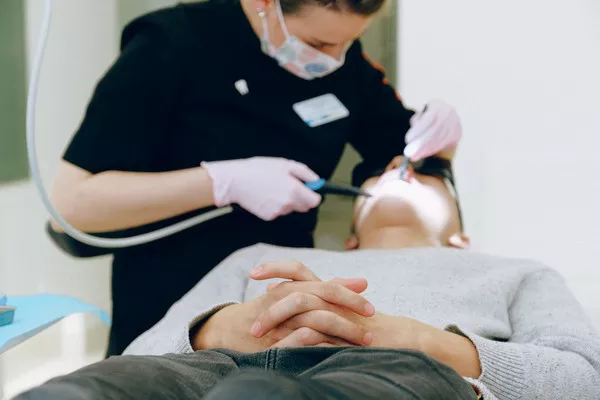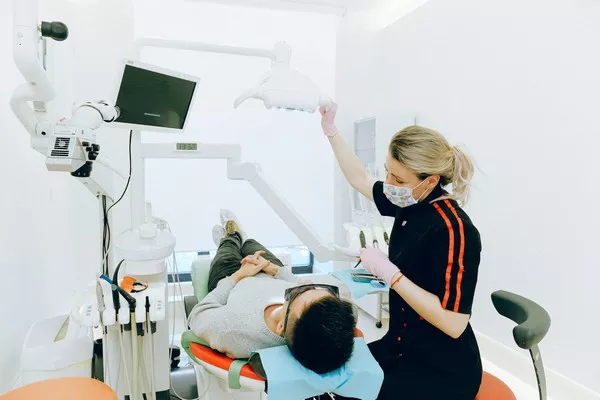A bright, radiant smile is often associated with confidence and good oral health. Many individuals turn to teeth whitening strips as a convenient and accessible option to achieve a whiter smile. However, one question that arises is whether you should brush your teeth before applying whitening strips. In this comprehensive article, we will delve into the topic, debunk common myths, explore the benefits of pre-brushing, discuss potential risks, and provide evidence-based recommendations to help you make an informed decision.
The Importance of Preparing Your Teeth for Whitening Strips
Preparing your teeth before using whitening strips is essential for optimizing their effectiveness. Regular brushing and flossing remove plaque, food debris, and surface stains, creating a clean canvas for the whitening gel to penetrate evenly. By prepping your teeth, you enhance the contact between the whitening agent and the tooth enamel, leading to more consistent and satisfactory results.
Myth Busting – Does Brushing Weaken the Enamel?
One common concern is that brushing immediately before whitening may weaken the enamel, increasing the risk of sensitivity. However, numerous studies have shown that using proper brushing techniques with a soft-bristled toothbrush and non-abrasive toothpaste does not significantly damage or weaken the enamel. In fact, regular brushing helps maintain optimal oral hygiene and supports overall dental health.
The Role of Saliva in Whitening Effectiveness
Saliva plays a vital role in protecting teeth and maintaining a healthy oral environment. It contains essential minerals that aid in remineralizing the enamel and neutralizing acids produced by bacteria. Brushing your teeth before applying whitening strips stimulates saliva flow, ensuring better distribution of the whitening agent and helping to minimize the risk of sensitivity.
Timing Considerations and Waiting Period
Timing is crucial when it comes to applying whitening strips after brushing your teeth. It is generally recommended to wait for at least 30 minutes after brushing before using the strips. This interval allows saliva to neutralize any acids introduced during brushing, reducing the potential for adverse interactions between the whitening gel and freshly brushed enamel.
Potential Risks of Brushing Immediately Before Whitening
While brushing before whitening strips is generally beneficial, it’s important to be aware of potential risks. Brushing aggressively or using abrasive toothpaste can lead to enamel wear and increase sensitivity. To minimize these risks, adopt a gentle brushing technique, use a soft-bristled toothbrush, and opt for toothpaste with mild abrasiveness. This helps maintain the integrity of the enamel while preparing your teeth for the whitening process.
Expert Recommendations and Best Practices
Dental professionals provide valuable insights into the proper use of whitening strips. According to experts, brushing your teeth before applying whitening strips is generally advised. They recommend using a soft-bristled toothbrush and non-abrasive toothpaste to minimize enamel damage. Additionally, waiting for a sufficient time period after brushing, typically 30 minutes, allows saliva to remineralize the enamel and reduce sensitivity.
Consultation with a Dental Professional
When considering any teeth whitening procedure, including the use of whitening strips, consulting with a dental professional is advisable. They can assess your oral health, identify any underlying issues, and provide personalized recommendations based on your specific needs. If you have concerns about tooth sensitivity, enamel erosion, or other dental conditions, their guidance will help ensure a safe and effective teeth whitening experience.
Conclusion:
In conclusion, prepping your teeth by brushing before applying whitening strips is generally beneficial for enhancing the effectiveness of the whitening process. Debunking myths and clarifying the facts surrounding this topic reinforces the importance of maintaining good oral hygiene practices and using proper brushing techniques. By following expert recommendations, adopting best practices, and consulting with a dental professional when needed, you can safely and effectively achieve a whiter, more confident smile. Remember, personalized guidance from a dental professional is invaluable to address any specific concerns or conditions you may have and ensure the best possible outcome.
Related Topics:
































